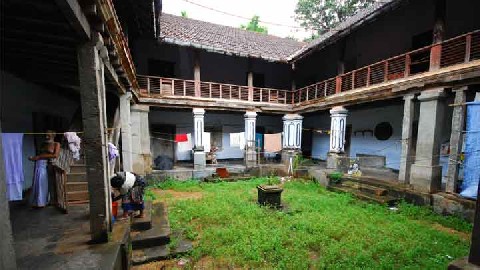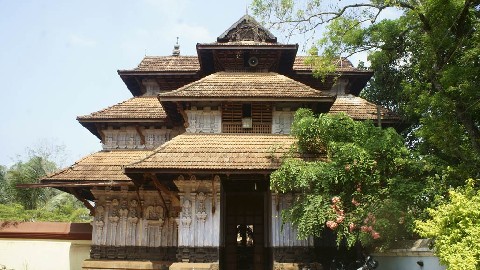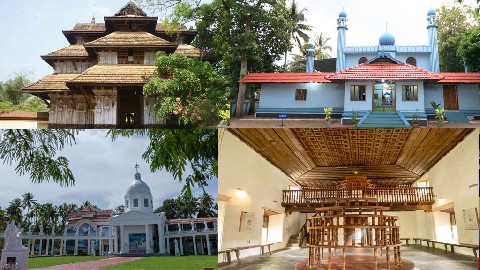History
Muziris was an active port on the west coast of southern India in the 1st century BCE. Through many centuries, it became the region’s window to the world of different cultures, religions, and levels of development. Simultaneously, it was a welcoming port of call for travellers, who would later be followed by traders, evangelists and colonizers. It had its heydays when the place buzzed with activity, when businesses flourished, when new religions rubbed shoulders with the old, and new political powers sought to impose themselves on the existing ones. Perhaps the region reached its acme of prosperity when the merchants of Muziris established Indo-Greek and Indo-Roman-Egyptian trade with the Jews, the Arabs, the Portuguese, the Dutch, the Chinese, the British, and many others.
Although archaeologists and historians have still not discovered when the city port was actually established, they are unanimous in their belief that Muziris was the headquarters of the early Chera dynasty. Viewed from the present times, Muziris earns another significance. It has the privilege of being a major signboard because its genesis marked the beginning of recorded history of the land of Kerala.








